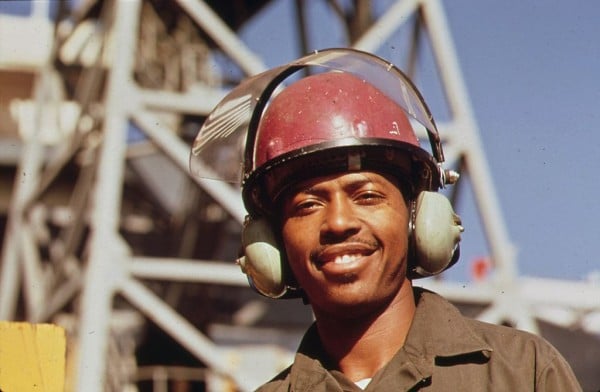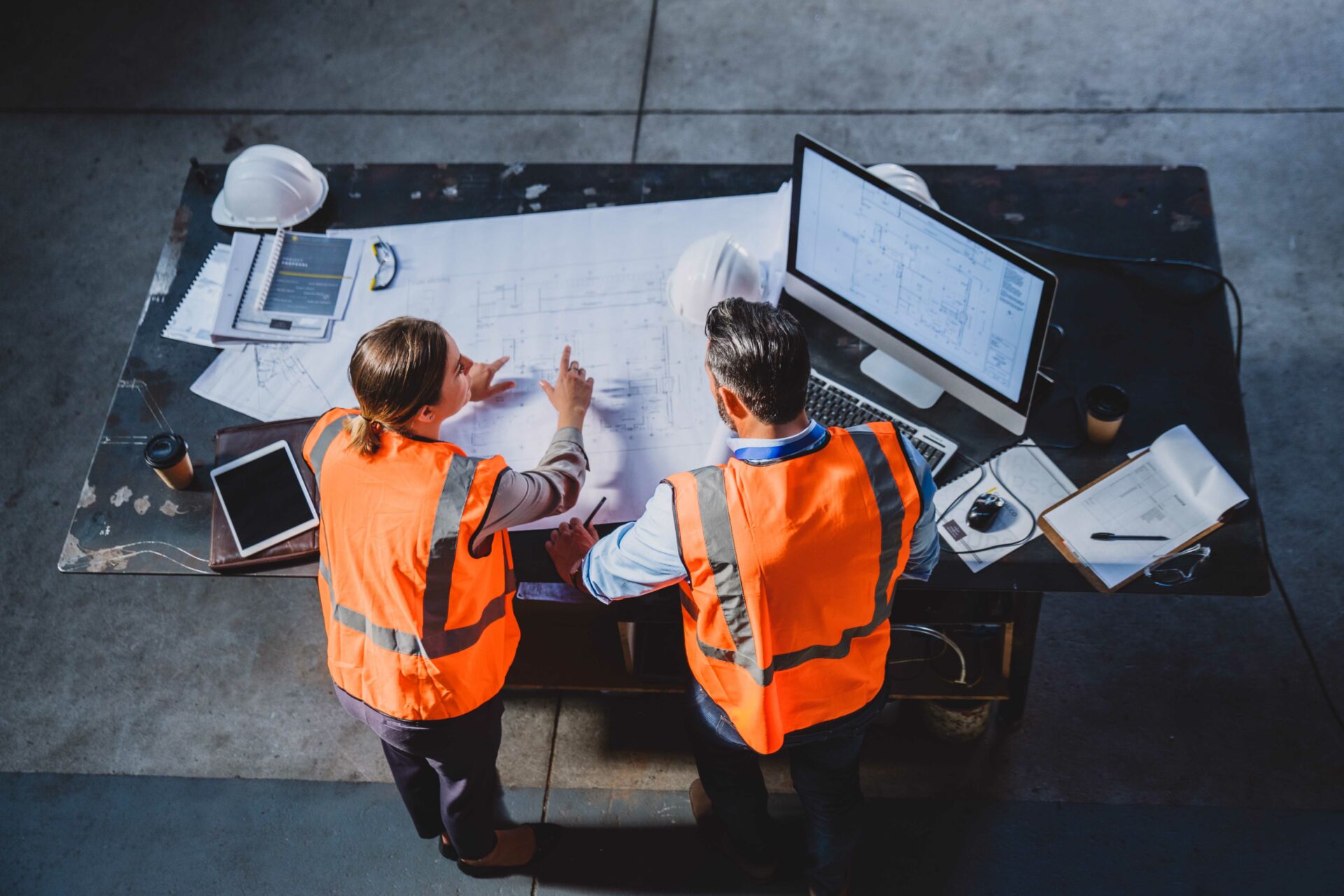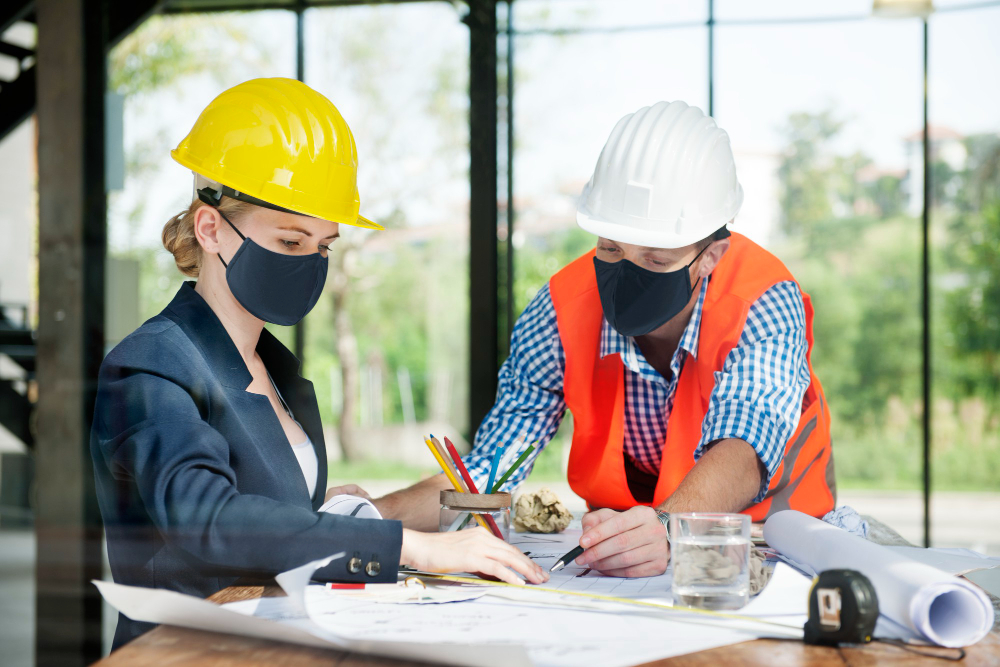 Noise is often ignored as a cause of workplace injury, but it may be to blame for as many as 3.5 million cases of permanent hearing loss in the United States. When someone loses their hearing, it can affect them for the rest of their life, so why do people still tend to ignore noise hazards?
Noise is often ignored as a cause of workplace injury, but it may be to blame for as many as 3.5 million cases of permanent hearing loss in the United States. When someone loses their hearing, it can affect them for the rest of their life, so why do people still tend to ignore noise hazards?
Noise hazards are ignored primarily because hearing loss isn’t always noticeable in the short run. It’s a cumulative injury; the difference of one day’s exposure might not be much, but it will just keep getting worse and worse over the years.
In order to keep your workers’ ears safe, you need to adopt a proactive and preventive strategy. Here are some tips for getting started.
1. Evaluate Noise Hazards
The first step towards correcting any problem is identifying it. You should measure noise exposure at locations throughout your facility using standard guidelines, to determine which areas are noisiest. OSHA recommends no more than 90 decibels of constant sound exposure over the course of a day, while NIOSH recommends a limit of 85 decibels.
If any workers at your facility face exposure above those limits, you should take action to fix the problem immediately. Additionally, periodic hearing tests should be administrated to ensure that no hearing loss is taking place.
2. Reducing Noise Exposure
There are basically three methods of reducing exposure to noise: engineering controls, administrative controls, and personal protective equipment. A good noise reduction plan will take all three into account when crafting a solution.
Engineering Controls include any change you make to your machinery or facilities to reduce noise. This can include repairing worn equipment and lubricating machinery. This is oftentimes the most cost-effective solution to noise hazards, since such measures usually extend the lifetime of equipment in addition to saving workers’ ears.
Administrative Controls include any change you make to your process to reduce noise exposure to your workers. For example, you may choose to run noisy machinery only at times when fewer workers are on shift. With some care, administrative controls can be an extremely low-cost solution to noise hazards.
Personal Protective Equipment (PPE) includes any hearing protection worn by workers. Noise PPE include earmuffs and earplugs (although NIOSH recommends earmuffs). If workers are exposed to more than 90 decibels of constant noise, they need to be wearing ear protection.
By adopting a proactive noise hazard policy while carefully monitoring for lapses, you can keep your workers from being part of the 3.5 million in the US subjected to occupational hearing loss.







